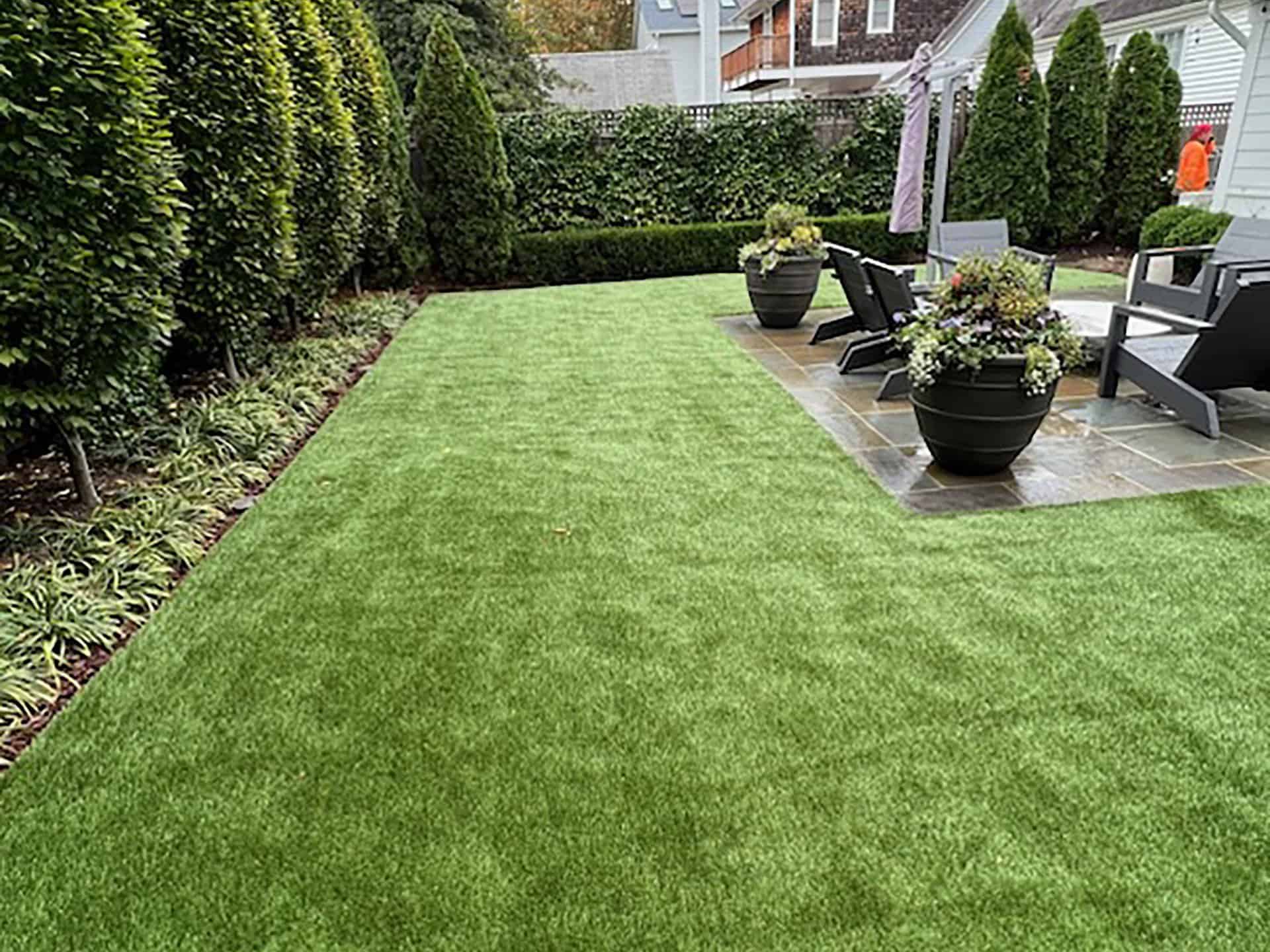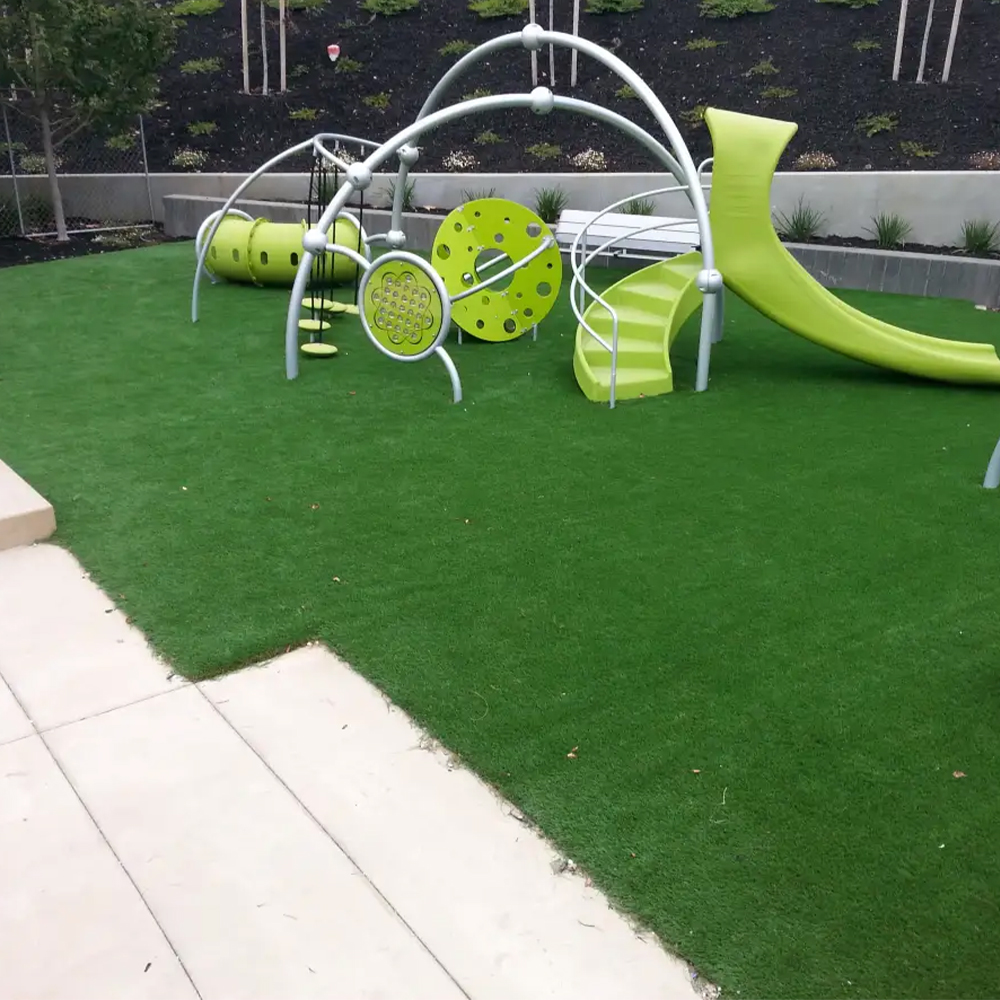Premium Arizona Turf Solutions for a Beautiful and Lush Landscape
Premium Arizona Turf Solutions for a Beautiful and Lush Landscape
Blog Article
See Why Homeowners Prefer Synthetic Grass for Sustainable Landscaping Practices
As homeowners increasingly prioritize sustainability in landscaping, artificial lawn has actually become an engaging choice to traditional grass. Its ability to conserve water, reduce maintenance initiatives, and decrease ecological effect positions it as a useful choice for those seeking environment-friendly remedies. The visual appeal and flexibility of man-made lawn cater to diverse style choices. The ramifications of this change prolong past simple convenience and aesthetics, triggering a closer assessment of how these selections influence more comprehensive environmental results. What remains to be discovered is the full range of benefits that fabricated turf can use to property owners and the setting alike.
Water Preservation Benefits
Among one of the most considerable benefits of synthetic grass is its function in water preservation. Traditional yard yards call for substantial quantities of water to keep their rich appearance, often resulting in overuse of neighborhood water sources, especially in deserts. On the other hand, synthetic grass removes this need totally, as it does not call for watering. This not just preserves water but also decreases the strain on community water systems, especially during drought conditions.
In addition, the installment of artificial lawn can add to an extra lasting landscape. Home owners can dramatically decrease their water costs, enabling reallocation of sources to other environmental initiatives or household usages. In addition, synthetic turf is designed to withstand different climatic conditions without the need for supplemental watering, making it a suitable selection for areas dealing with water shortage.
The environmental advantages prolong beyond immediate water savings. By decreasing water consumption, artificial lawn aids to minimize the influences of environment adjustment, protecting important environments that are threatened by excessive water extraction. As lasting landscape design practices gain grip, synthetic grass becomes a responsible selection for house owners seeking to create environment-friendly exterior areas.
Decreased Maintenance Initiatives
Synthetic grass considerably reduces upkeep efforts contrasted to conventional yard lawns. With artificial yard, property owners can eliminate the lengthy tasks related to natural landscape design, such as mowing, fertilizing, and weeding. This not only conserves beneficial time however also decreases physical labor, making grass care accessible for people of every ages.
Standard grass call for frequent trimming to keep an aesthetically pleasing height, whereas man-made lawn continues to be consistently lush without the need for cutting. Additionally, house owners no much longer require to use plant foods or chemicals, which are typically called for to keep natural grass healthy.
Additionally, synthetic grass is durable and resilient, requiring marginal maintenance past occasional brushing and rinsing to get rid of particles. This simplicity of maintenance allows homeowners to appreciate their outside areas without the constant worry of maintenance, giving even more time for recreation and family members tasks. Inevitably, the lowered upkeep initiatives connected with artificial grass make it an attractive choice for those seeking a low-maintenance, visually appealing landscape.

Environmental Impact Reduction
There is an go to this site expanding acknowledgment of the environmental benefits connected with synthetic lawn, especially in regards to water preservation and lowered chemical usage. Standard grass require substantial amounts of water, specifically in drought-prone areas, bring about increased pressure on local water resources. On the other hand, man-made grass removes the requirement for watering, drastically reducing water consumption and advertising sustainability.
In addition, standard grass upkeep typically includes the application of herbicides, plant foods, and chemicals, which can contribute to dirt and water air pollution. Man-made grass alleviates this environmental risk by requiring marginal maintenance and practically eliminating the need for unsafe chemicals. This not just improves soil wellness yet likewise safeguards local ecosystems from poisonous overflow.
Furthermore, the production of all-natural turf lawns commonly includes making use of fossil gas for cutting and landscaping tools, more adding to greenhouse gas exhausts. By picking man-made grass, homeowners can significantly lower their carbon impact related to lawn care tasks.
Aesthetic Allure and Convenience
Along with its ecological advantages, synthetic lawn provides substantial aesthetic allure and flexibility for landscape design. Property owners can accomplish a lavish, eco-friendly look year-round, eliminating the seasonal changes commonly connected with natural yard. This consistent aesthetic not only improves the aesthetic appeal of a building but likewise adds to a well-kept and sleek appearance.
Moreover, synthetic grass is available in a range of colors, appearances, and styles, permitting for customization to fit private preferences and style styles - Arizona artificial turf. Whether made use of in residential gardens, commercial rooms, or recreational locations, it can seamlessly incorporate right into diverse landscaping designs, from modern minimal to lavish exotic settings
The adaptability of synthetic turf extends past plain appearance; it can be set up in various areas, consisting of rooftops, patios, and also interior rooms, producing opportunities for one-of-a-kind landscape design services. Additionally, it appropriates for a variety of activities, from youngsters's backyard to pet-friendly settings, supplying functionality without compromising design.
Eventually, the visual charm and flexibility of synthetic grass make it an eye-catching choice for my company property owners seeking lasting landscape design services that do not sacrifice beauty for environmental obligation.

Long-Term Cost Cost Savings
One of the most engaging benefits of man-made lawn is its possibility for lasting price financial savings. Unlike all-natural turf, which needs routine maintenance-- consisting of mowing, watering, feeding, and insect control-- synthetic Homepage lawn significantly lowers these recurring expenditures.
Furthermore, synthetic grass has a life-span of 15 to 25 years, depending upon its quality and use. This resilience minimizes substitute costs, making it an extra affordable selection in the future. Additionally, the initial investment in artificial lawn can usually be redeemed with the cost savings accrued with time.
While the upfront expense may seem greater compared to sod installment, the advancing savings from lowered maintenance and water use commonly outweigh these preliminary expenses. Eventually, the fostering of synthetic grass not just promotes a sustainable landscaping solution yet also supplies home owners a financially wise option that lines up with long-term budgeting objectives.
Conclusion
Synthetic grass arises as an engaging choice for sustainable landscaping, offering significant benefits in water preservation, lowered upkeep initiatives, and decreased environmental effect. As neighborhoods significantly focus on eco pleasant methods, the fostering of man-made grass represents a dynamic step toward achieving sustainable and durable landscapes.
Additionally, man-made grass is made to endure different weather conditions without the requirement for supplementary watering, making it a suitable selection for regions dealing with water deficiency. (Phoenix turf companies)

Man-made turf emerges as an engaging alternative for sustainable landscaping, using substantial advantages in water preservation, lowered upkeep initiatives, and lessened environmental impact.
Report this page